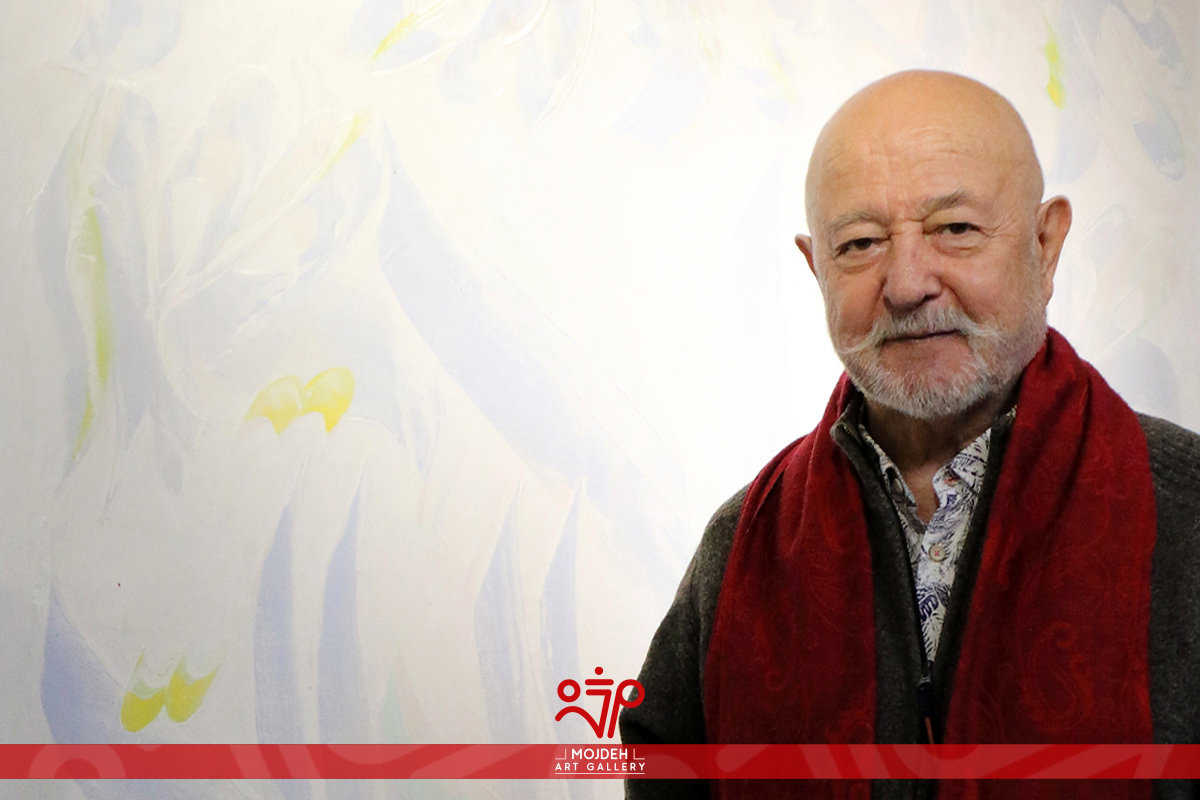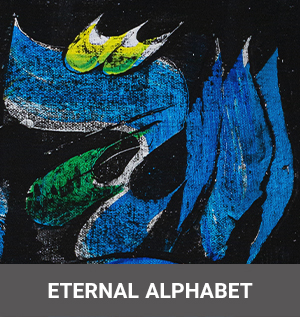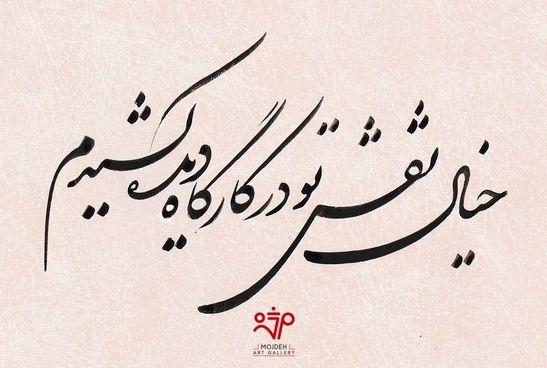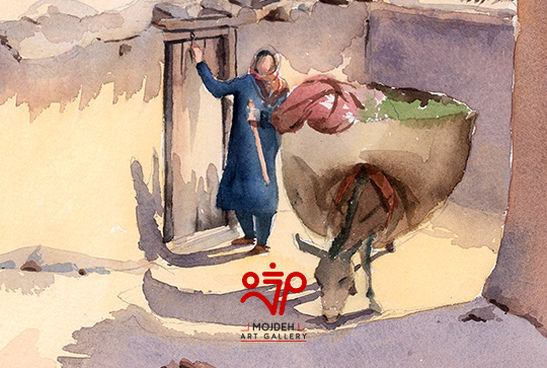Mohammad Ehsaei

Seyyed Mohammad Ehsaei belongs to a generation of artists that can be called the generation of the possible: a generation that was able to shine in every field from art and architecture to literature and criticism and create lasting works. He was born in Qazvin in 1939 and graduated from Tehran College of Fine Arts, where he taught and nurtured students for many years and was honored to retire. In one of the most intense times, he studied, taught, shined and reached a personal and lasting expression in the field of calligraphy. The legacy that Ehsaei has benefited from is multiple: in fact, by taking advantage of the efforts of the artists of the Saqqakhana school on the one hand, Iranian calligraphy on the other hand, and the knowledge of the religious and national culture of Iranians, he created works in the context of the same culture, but in an international style that these factors have made his name known and unique. Ehsaei is also a graphic artist and the influence of graphics is evident in many of his artworks and periods of work. By using different letters and relying on the tradition of written and Iranian script, Ehsaei gives a new position to different units of meaning: from the smallest unit, which is the Phoneme, to the word or, according to the tradition of modern linguistics, the Morpheme, and then larger units, which is the sentence, for Ehsaei, they all create a unit called discourse in which meaning reaches the point of emergence.It should be mentioned that although the oral tradition and speech among Iranians have a long history and can be traced in pre-Islamic literature in particular, but in the era when recording and collecting began, Iranians pointed out that the script plays a role in the production of meaning along with the sound and this concept is the basis of Ehsaei’s work: the script has multiplied the meaning by creating signifiers, and therefore we are no longer faced with a similar signification for each signifier, and these scripted signifiers are the main place of meaning creation.
In this way, although many of the meanings of the various units created by Ehsaei were understandable to the audience before, but on the canvas or cardboard, they have a new meaning, and the so-called written form is emptied of all predetermined meanings and contents and defamiliarized for to the viewer or the audience. The different working periods of this artist can be distinguished from each other, but the intertwinement of the Ehsaei’s works makes this distinction and division difficult for art critics, because although it can be done in the field of form, but the meaning is another matter and the effort of more than seventy years of Ehsaei’s artistic work is a continuous search in the field of meaning.
Sohrab Ahmadi
Collections of Artworks




